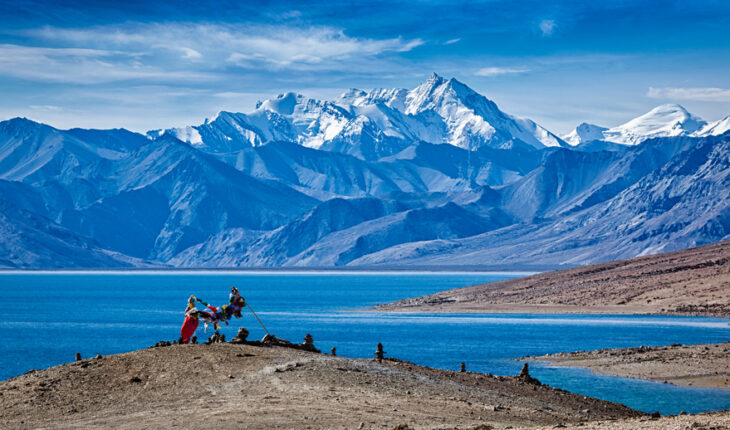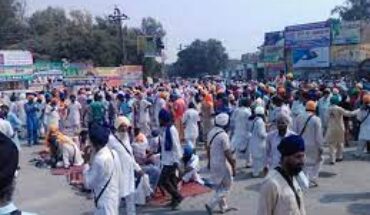September is expected to be one of the driest months of the year for Jammu and Kashmir as well as Ladakh, with no significant precipitation predicted for the first two weeks of the month, the Meteorological Department has said.
“September is climatologically the driest month of the year for J&K and Ladakh. No significant weather is expected for the next 2 weeks,” stated MeT Director Sonam Lotus in a recent update.
This announcement comes in the wake of severe heat wave conditions that have persisted since the start of the summer season in Kashmir, with temperatures reaching as high as 34.6 degrees Celsius in Srinagar. May, June, and July of this year witnessed early and unprecedented heat conditions, making them the warmest months.
While heatwaves are typical for large parts of north and central India in May, the abnormally high maximum temperatures in places like Jammu and Kashmir have been a cause for concern. Urban areas like Srinagar have recorded day temperatures ranging from 30 to 40 degrees Celsius, exacerbated by various local weather conditions and man-made factors.
One significant factor contributing to the ongoing heat wave is the feeble Western Disturbances, which typically bring rainfall and cloudy skies to Jammu and Kashmir while regulating temperatures during this time of the year. However, this year, these disturbances have lacked sufficient moisture, allowing temperatures to remain high. Additionally, the absence of cloud cover, coupled with dry westerly winds, has contributed to soaring temperatures.
MeT data indicates that Jammu and Kashmir received 171.4 mm of precipitation in the 43 days starting June 1 this year due to Western Disturbances and the monsoon, compared to the normal 135.2 mm rainfall typically observed during this period. Both Kashmir and Jammu divisions experienced above-average rainfall during this period.
Jammu division’s 10 districts recorded an average rainfall of 235.6 mm during the 1.5-month period, which is 23.7 percent above the normal of 190.5 mm. Similarly, Kashmir valley’s 10 districts received an average rainfall of 107.2 mm, surpassing the usual 80 mm by 34.1 percent.
Despite these above-average rainfall figures, in the second week of July, Jammu and Kashmir faced a flood-like situation following heavy rainfall for two days. The water level of the Jhelum River in Kashmir breached flood alert levels in south Kashmir and Srinagar during this period.






